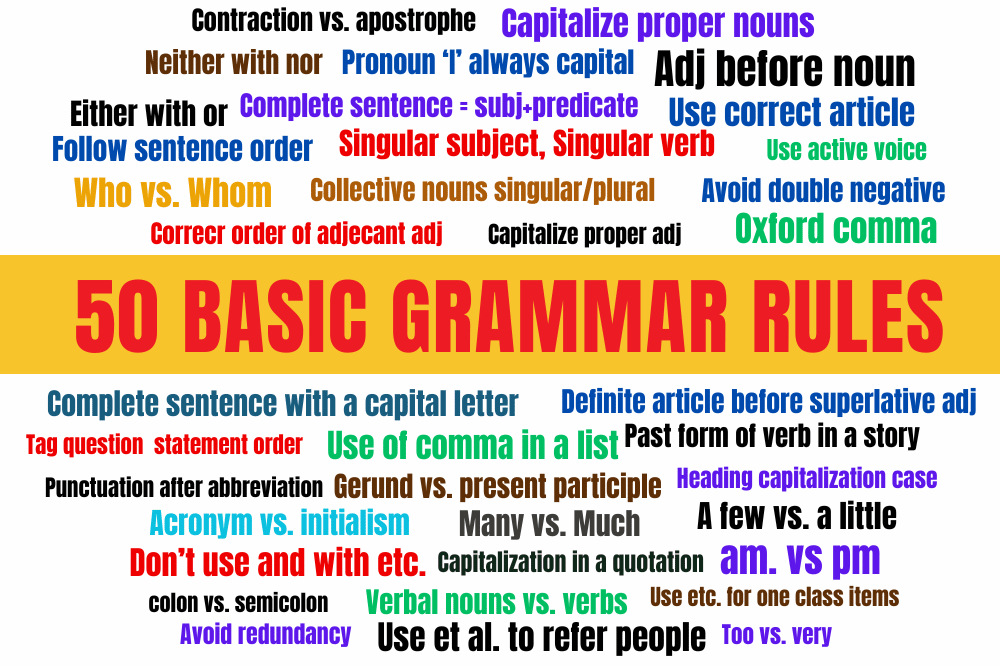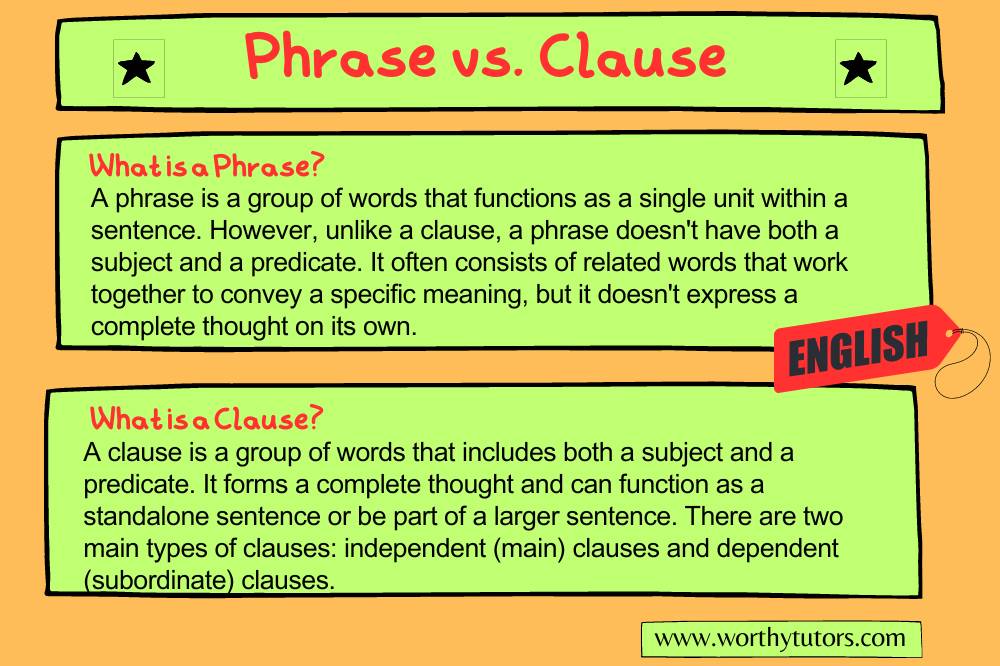
Subject-verb agreement ensures coherence between subject and verb in a sentence. It establishes the agreement between the number and person of the subject and the verb. In simpler terms, it means that singular subjects require singular verbs, and plural subjects require plural verbs. Subject-verb agreement is crucial for maintaining clarity and coherence in writing. When subjects and verbs agree in number and person, it makes the sentence easier to understand and avoids confusion. Incorrect agreement can lead to grammatical errors that may distract or mislead the reader.
Basic Rules of Subject-Verb Agreement
Below are few grammar rules for maintaining a correct order between subject and verb.
Rule 1: Singular Subjects and Singular Verbs
When the subject of a sentence is singular, the verb must also be singular.
For example:
- The dog barks loudly.
- She plays the piano beautifully.
Rule 2: Plural Subjects and Plural Verbs
When the subject of a sentence is plural, the verb must also be plural.
For example:
- The dogs bark loudly.
- They play the piano beautifully.
Rule 3: Indefinite Pronouns Require Singular Verbs
Indefinite pronouns such as “everyone,” “anyone,” “someone,” and “nobody” are singular and require singular verbs.
For example:
- Everyone is invited to the party.
- Nobody wants to be left behind.
Rule 4: Collective Nouns and Use of Verb
Collective nouns, referring to groups of people or things, can be singular or plural depending on the context. When referring to the group as a whole, use a singular verb. When referring to individual members of the group, use a plural verb.
For example:
- The team is celebrating its victory. (Singular)
- The team are wearing their uniforms. (Plural)
Rule 5: Compound Subjects Require Singular Verb
Compound subjects joined by “and” usually take a plural verb.
For example:
- Sarah and Tom are going to the concert.
Rule 6: Agreement with Phrases and Clauses
In sentences with phrases or clauses between the subject and the verb, ensure that the verb agrees with the subject, not the words in between.
For example:
- The box of chocolates is on the table.
Rule 7: Agreement with Inverted Sentences
In inverted sentences where the subject follows the verb, maintain agreement with the subject, not the noun closest to the verb.
For example:
- Under the bed is where the cat likes to hide.
Rule 8: Agreement with Quantifiers
When the subject contains quantifiers like “each,” “every,” or “no,” the verb is usually singular.
For example:
- Each of the students has a textbook.
- No one likes to wait in line.
Examples for Understanding Subject Verb Agreement
- The committee is meeting tomorrow.
- The children are playing in the park.
- Has any of the guests arrived yet?
- Each of the books on the shelf is worth reading.
- Neither the cat nor the dog likes to be left alone.
FAQs by Students on Subject Verb Agreement
What happens if the subject and verb don’t agree?
When the subject and verb don’t agree, it can lead to grammatical errors and confusion in the sentence.
Are there any exceptions to subject-verb agreement rules?
Yes, there are exceptions, such as irregular verbs and certain expressions, which require careful attention.
What should I do if I’m unsure about subject-verb agreement in a sentence?
If you’re unsure, review the rules, check the number and person of the subject, and ensure that the verb agrees accordingly.


